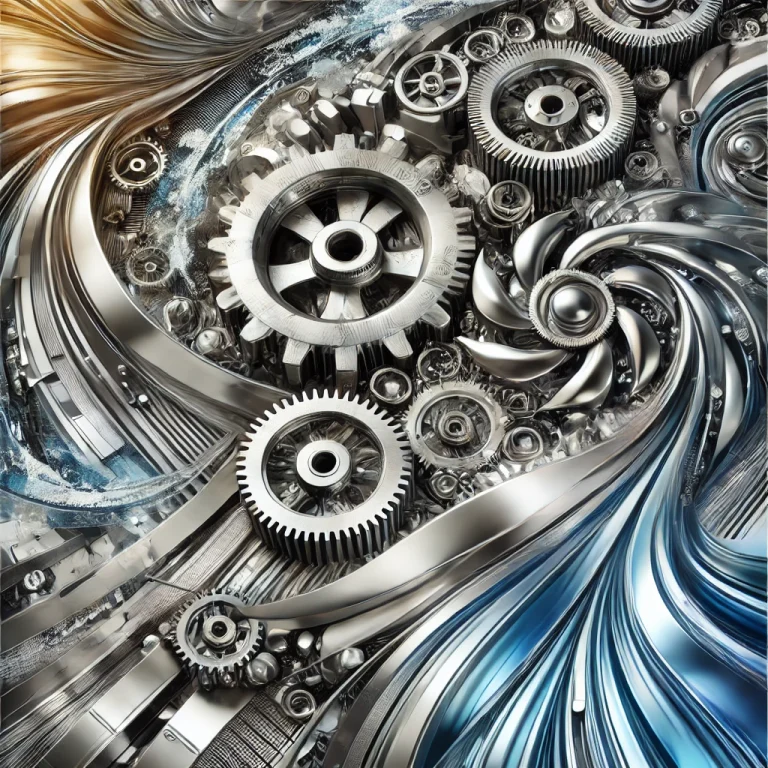The 8 Go-To Materials for Aftermarket Car Parts
When upgrading or replacing car parts, the materials you select can significantly influence your vehicle’s performance, durability, and overall costs. Whether you’re seeking to enhance functionality, improve aesthetics, or boost efficiency, understanding the top materials used in aftermarket car parts is essential.
Steel: The Backbone of Strength and Durability
Steel is a cornerstone of automotive engineering due to its incredible strength and resilience. It’s ideal for components like chassis reinforcements and brake discs, ensuring the car can handle high stress and extreme conditions. However, its heavier weight can impact vehicle efficiency.
Aluminium: Lightweight and Efficient
Aluminium is the answer to reducing weight without compromising strength. Commonly used for wheels and radiators, it enhances fuel efficiency and handling while resisting rust, making it perfect for varied climates.

Carbon Fibre: The Elite Performer for High-End Mods
Carbon fibre offers the ultimate strength-to-weight ratio, making it indispensable for racing parts like seats and body panels. While expensive, its high-performance capabilities and sleek aesthetics make it worth the investment.
Polycarbonate Sheets: The Versatile Game-Changer
Polycarbonate sheets are gaining traction due to their transparency, durability, and lightweight properties. They’re used for window replacements, headlight covers, and interior panels, offering a balance of practicality and visual appeal.
Rubber: Flexible and Reliable Under Pressure
Rubber components like seals and hoses provide flexibility, heat resistance, and affordability. They’re crucial for maintaining structural integrity and absorbing vibrations in demanding conditions.
Fibreglass: Affordable Innovation for Customization
Fibreglass is the budget-friendly alternative for custom panels and body kits. Though less durable than carbon fibre, its lightweight and moldable properties make it popular for creative modifications.
Stainless Steel: Rust-Resistant and Sleek
Stainless steel upgrades traditional steel with better corrosion resistance and aesthetic polish. It’s ideal for exhaust systems and trims, especially in moisture-heavy environments.
ABS Plastic: Affordable Versatility for Everyday Use
ABS plastic is a cost-effective material for interior trims and grilles. Its lightweight nature makes it a great option for non-critical parts, ensuring a balance between functionality and budget.


